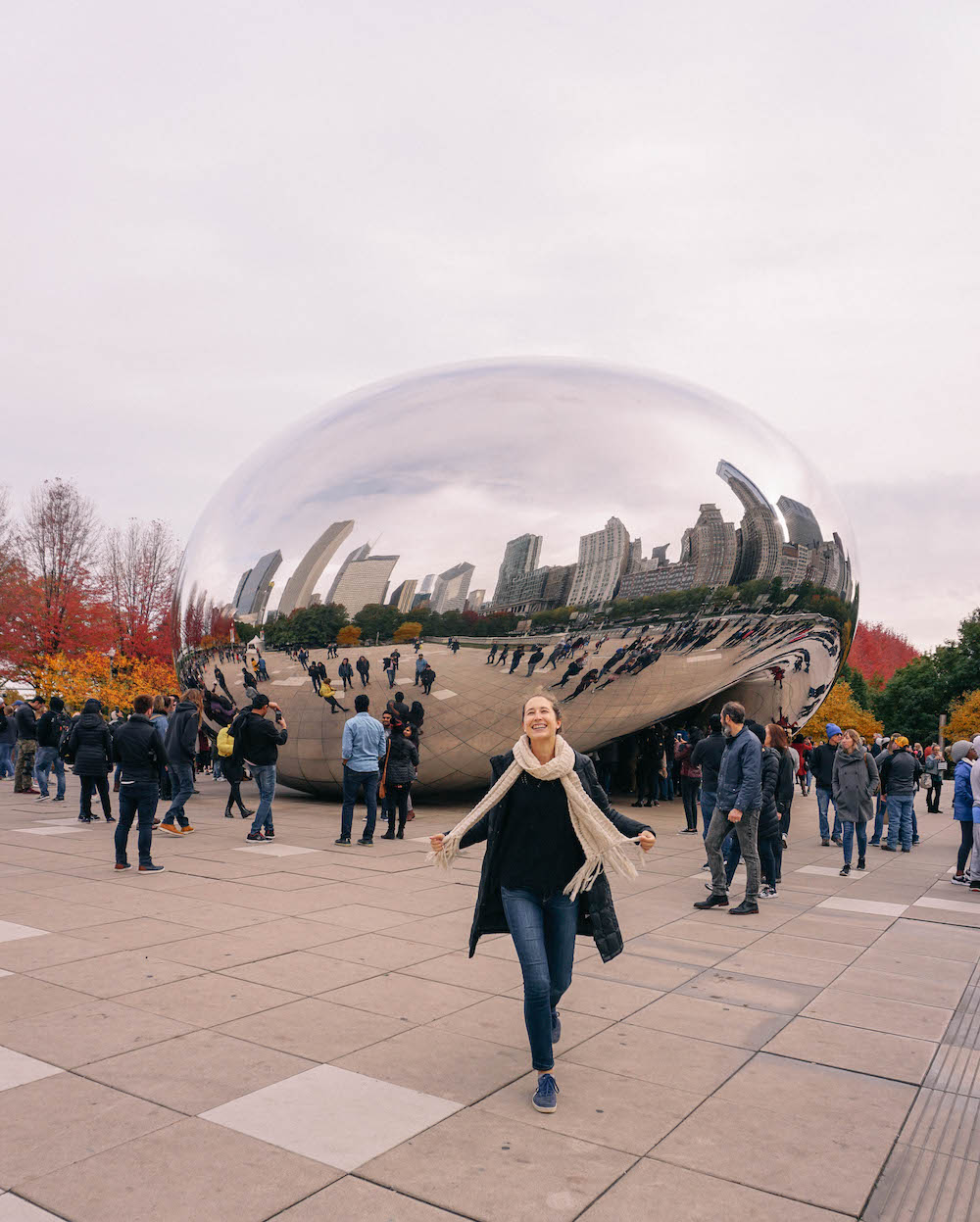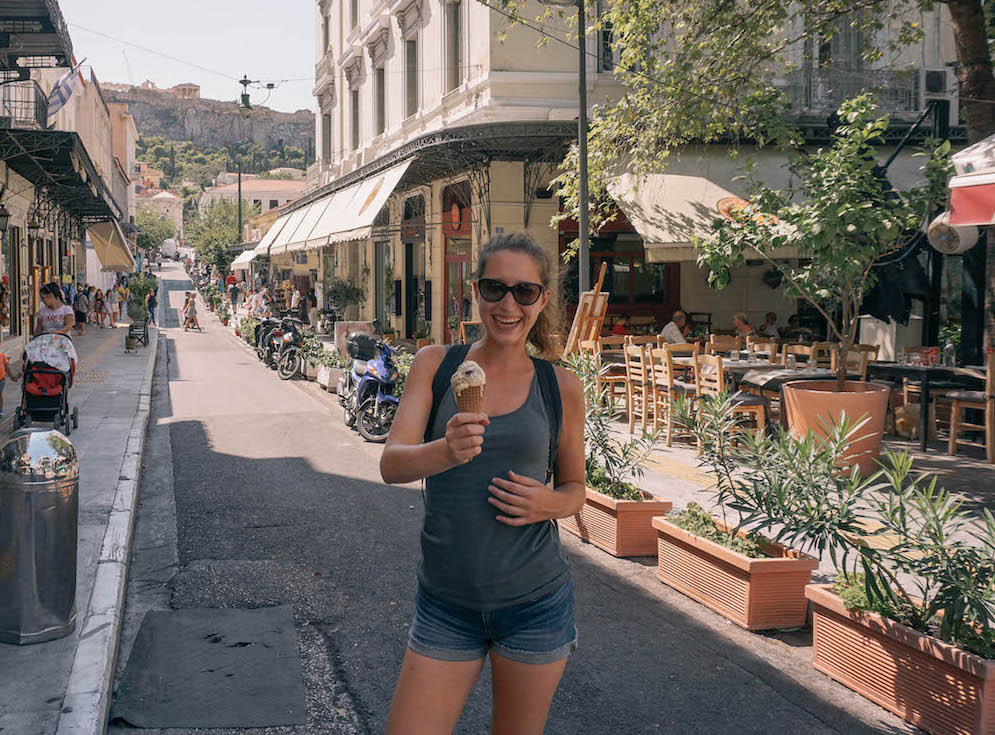Visiting a foreign country where you don’t speak the language? Here are my top tips for dealing with a language barrier while traveling.
Traveling to a foreign country where you don’t speak the language can be a little intimidating. Sure, the locals will likely be nice and if you do your research well enough before hand you should be able to scrape by without issue. But what if you get turned around your first day and can’t find your way back to your hotel? What if you need to ask someone for help, either for directions or using one of the ticket machines in the subway? What if you just want to know what the heck is on the menu?
Spoiler: you’re going to be fine. After a day or two of exploring a foreign country where the language barrier is very real, you’ll get used to miming your needs and before you know it you’ll feel like a local! That’s how I felt when I visited Cambodia and Japan for the first time. Not only did the locals not speak English, but the written language in both countries also looked nothing like my mother tongue. Despite being seriously confused, I soon learned to enjoy the experience of being somewhere that felt totally foreign and learned to adapt to the situation.
However, I understand that it can be nerve-wracking planning your first big trip to a foreign country where locals don’t speak your language. If you’re unsure how you’ll manage, here are my top tips for dealing with a language barrier while traveling.
Write down a few local phrases

As a native English speaker, I have a serious advantage because English is the universal language of travel. However, when traveling to a foreign country it’s useful to know a few basic phrases just to be safe. I try to learn a few key phrases like “thank you” and “excuse me” to be polite, and words like “toilet” and the names of local attractions if I need to ask for directions somewhere. Admittedly, I have a bad memory and I often don’t know how to pronounce the phrases I’m learning. To avoid miscommunication, I’ll sometimes jot down longer phrases into my phone’s notepad so I can point to certain words whenever I need to ask a question.
Use Hand Gestures & Smile

Honestly, the easiest way to scrape by when traveling somewhere you don’t speak the language is to have a good attitude and be willing to look a little silly. Hand gestures go a long way when traveling, and there’s no point in feeling foolish when miming your needs because we’ve all been there at some point in our lives! When traveling through Italy, I’d often point lamely in a random direction and say the name of the attraction I wanted to find to indicate that I needed help getting there. Shopkeepers and waiters were always nice about giving me directions via another series of hand gestures. Sure, it took me a while to find some of the spots I was looking for, but I got there eventually!
Utilize Google translate

If you’re traveling to a country where the language is totally different from your own, it’s helpful to use translating apps (like Google Translate). I’ve found it hardest to orient myself in places like Cambodia and Japan since the local language doesn’t resemble English whatsoever. Personally, I don’t like using translating apps when ordering food at a restaurant or in similar scenarios — I think asking the waiter for their recommendation (or pointing randomly at a menu item) is part of the adventure! But when I’m truly lost and need directions, Google Translate is a lifesaver. I’ve also found it helpful when checking into AirBNBs where my host doesn’t speak English. One thing to note about Google Translate is that you’ll need phone data to use the online version. As such, you may want to download the app so it’s available wherever you are.
Always write down detailed instructions
One thing you should always do no matter where in the world you’re traveling is write down detailed instructions for you adventures each day. Many of my friends rely on their phones to navigate foreign cities, look up places to eat, and so forth. But your phone is useless if it’s low on battery or it gets stolen. And if you can’t use your phone and you don’t know the local language, how are you going to get around? With that in mind, you should take a few minutes each morning to write down instructions for the day. I find it helpful to write down how to get from point A to point B both on foot and using public transportation, just so I have the option to walk if I feel like it. I also write down a few restaurant names and addresses in the areas I’ll be exploring so that I don’t feel pressured to pick any old place to eat when I’m super hungry later on.
Look up tourist info centers ahead of time
My first pit stop in any new city is a tourist information center. There’s guaranteed to be someone in the tourist center who speaks English (and maybe your native tongue, depending on where you’re traveling). Plus, you’ll be able to get a map of the area at the tourist center and you can ask any questions you have before beginning your adventures. Airports and train stations often have tourist information centers, but there’s usually one or two in city centers as well depending on how big the area is. Be sure to look up the location of the tourist center before leaving home, that way you don’t get lost en route.
Do research ahead of time
In general, it’s best to research your trip more thoroughly if you’re traveling to a foreign country where you don’t speak the local language. Think ahead to all the situations that you’ll possibly need help with, like buying subway tickets or locating a certain museum. You may not be able to ask a stranger for help in simple situations like this, so it’s best to take note beforehand of what exactly you’ll need to do so that you can do things yourself in the moment. And when I say “take note,” I mean take literal notes. Add your research to your itinerary and print it out so you can reference it throughout your travels.
Tell me: What’s one place you’ve traveled where you didn’t know the local language?

More posts you’ll love:
- How to Save Money for Future Travels (the Lazy Girl’s Guide!)
- 5 Easy Ways to Squeeze in a Workout While Traveling
- 10 Things to ALWAYS Pack in Your Carry-On
- How to Deal with Homesickness While Traveling
- 15 Common Solo Travel Mistakes to Avoid





Leave A Reply!